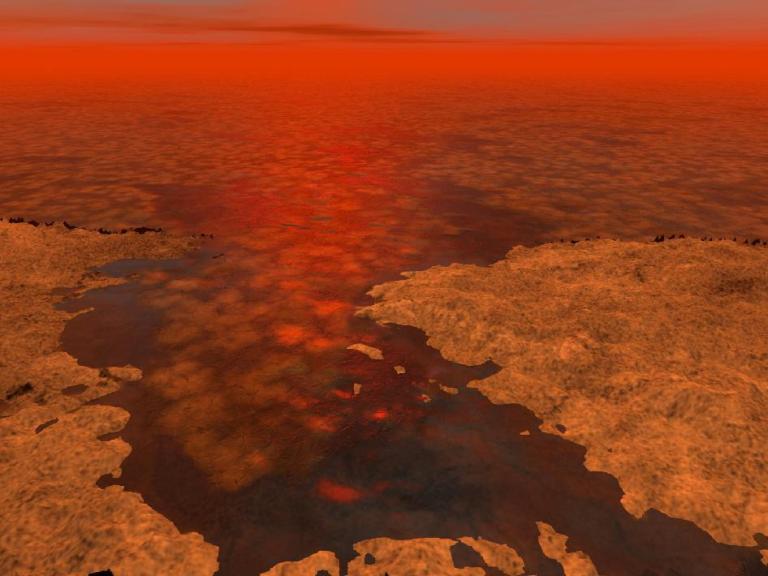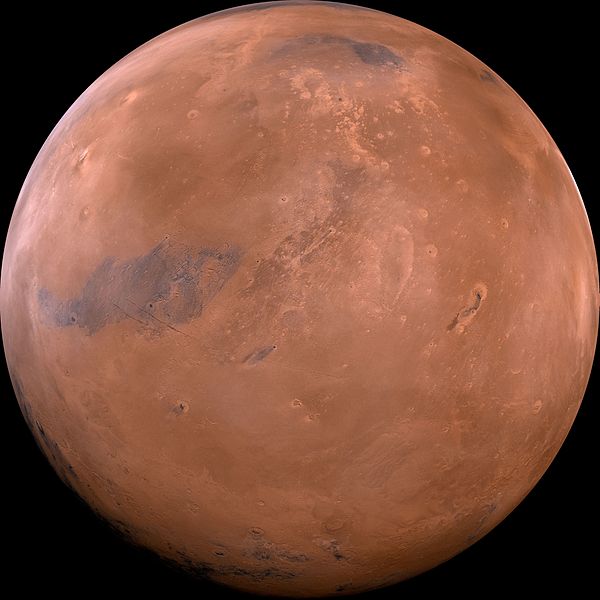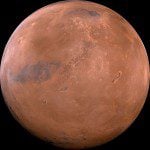
I do not know what I may appear to the world; but to myself, I seem to have been only like a boy playing on the seashore, and diverting myself now and then in finding a smoother pebble or prettier shell than ordinary, while the great ocean of truth lay all undiscovered before me.
Sir Isaac Newton (1642-1727)
***
I admit that I had never previously heard of this unjustly neglected chemist:
“The Forgotten Scientist Whose Work Led to Finding DNA’s Structure”
***
***
“Should we seed life through the cosmos using laser-driven ships?”
***
***
“One-Fifth of Medical Care Is Unnecessary, Doctors Say”
***
“The First Solid Evidence of Eruptions Under Antarctic Ice”
***
Raw and unprocessed notes from a manuscript, drawn from Allen R. Busker’s review of Carl Sagan, The Demon-Haunted World: Science as a Candle in the Dark, published under the title of “Science, Pseudoscience, and Religious Belief” by Allen R. Buskirk in FARMS Review 17/1 (2005): 273–309:
:
Contemporary science often requires that we ignore the evidence provided by our own eyes in favor of abstract theories. How many have ever seen a quark or a muon or even an electron? What evidence do we really, personally, have that the earth orbits the sun? To the human eye, it appears that the sun rises in the morning and sets at night, while the solid earth, terra firma, remains motionless and at rest. What sensory data tells us that the earth revolves annually around the sun? None. Which is why ancient peoples universally held to a geocentric view of the universe. But then along came Copernicus, arguing that, in fact, it is the earth that moves around the sun. Which should take precedence? Theory, or common sense and what we can see with our own eyes? Galileo once expressed his admiration for Copernicus on the grounds that Copernicus let “reason so conquer sense that, in defiance of the latter, the former became the mistress of his mind.”[1] In other words, he admired the fact that Copernicus permitted theoretical principles to override the data presented by his senses. But the surprising fact is that the weight of the actual evidence both in Copernicus’s time and in Galileo’s, some years later, was against Copernicus’s proposal. It was not until approximately sixty years after Copernicus’s death that the data were on hand to vindicate his heliocentric model of the solar system.
[1] Cited in Steven Shapin, The Scientific Revolution (Chicago: University of Chicago Press, 1996), 93. [see original]












